
As urban living continues to densify and apartment living becomes the norm for millions worldwide, managing waste efficiently while maintaining comfort is an immense challenge. In cramped living quarters, every inch of space counts, and the traditional “throwaway” mindset is no longer viable or responsible. Enter zero-waste small space solutions, a transformative approach that aligns with the principles of the circular economy to make apartment living sustainable, efficient, and waste-free.
This post explores the ultimate guide to zero-waste strategies specifically designed for small apartments, showing how circular economy principles can reshape the way we consume, store, and reuse materials in confined spaces.
Understanding Zero-Waste and the Circular Economy in Apartments
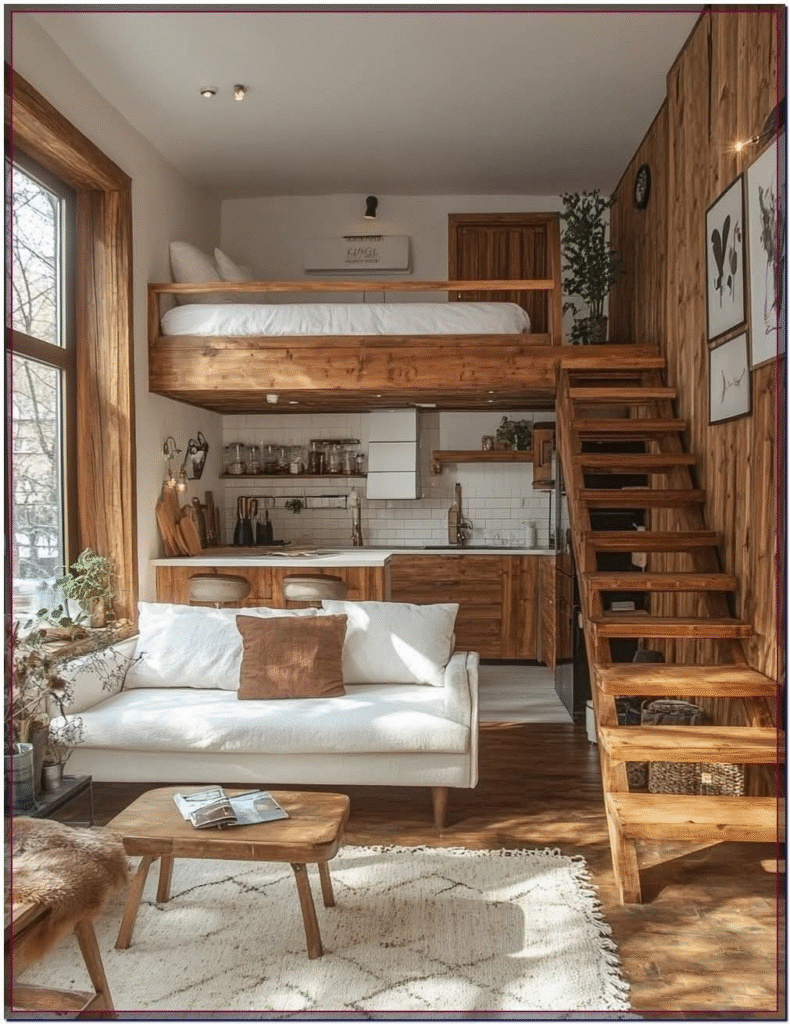
Zero-waste is more than just recycling—it’s a philosophy and practice to design and manage products and processes so that all materials are reused and no trash is sent to landfills or incinerators. The circular economy complements this by viewing waste as a resource, encouraging systems where products and materials circulate at their highest utility and value for as long as possible.
In apartments, where space is limited, the circular economy offers innovative ways to reduce, reuse, recycle, and rethink how we live without sacrificing convenience or style.
The Challenges of Waste Management in Small Apartments
Apartment residents face unique barriers including limited storage for segregated waste, lack of green waste disposal options, and minimal space for recycling bins. Additionally, shared facilities sometimes lack clear guidance, causing confusion and contamination in recycling streams. These challenges necessitate tailored zero-waste solutions focused on space efficiency and community involvement.
Best Zero-Waste Solutions for Small Apartment Spaces

1. Smart Waste Segregation and Compact Storage
- Color-Coded Bins and Signage: Simple, visually distinct bins for organics, recyclables, and landfill waste help residents quickly identify where items belong, reducing contamination and confusion.
- Stackable and Modular Bins: Use slim, stackable bins inside cabinets or closets to save floor space.
- Compact Composting Units: Small-scale composters designed for apartments turn food scraps into nutrient-rich soil for plants, closing the organic waste loop indoors.
- E-Waste and Hazardous Waste Collection Points: Designated centralized bins for electronics, batteries, and hazardous materials prevent improper disposal.
2. Optimizing Kitchen and Pantry for Waste Reduction
- Bulk Buying and Refillable Products: Reduce packaging waste by purchasing staples in bulk or opting for refill stations for staples like grains, oils, and cleaning products.
- Reusable Food Storage: Replace single-use plastics with glass containers, beeswax wraps, and silicone bags.
- Smart Meal Planning Apps: AI-powered apps help in precise meal planning to avoid excess food waste.
3. Modular, Multi-Purpose Furniture with Storage
Incorporating furniture that combines seating, storage, and waste sorting bins encourages efficient use of space for waste management tools without cluttering living areas.
- Under-Bench Storage for Recycling: Benches with hidden compartments for waste bins.
- Convertible Tables with Sorting Stations: Dining or work tables with integrated bins for sorting recyclables while you live or work.
4. Community-Driven Recycling Programs
- Shared Collection Programs: Apartments can set up centralized collection points for plastic, paper, glass, and metals.
- Neighborhood Swap Groups and Libraries: Encourage reuse by organizing item exchanges, reducing the need to purchase new items.
- Workshops and Awareness Campaigns: Educate residents on waste practices emphasizing the “5 Rs”—Refuse, Reduce, Reuse, Recycle, and Rot.
Circular Economy Innovations in Apartment Waste Management
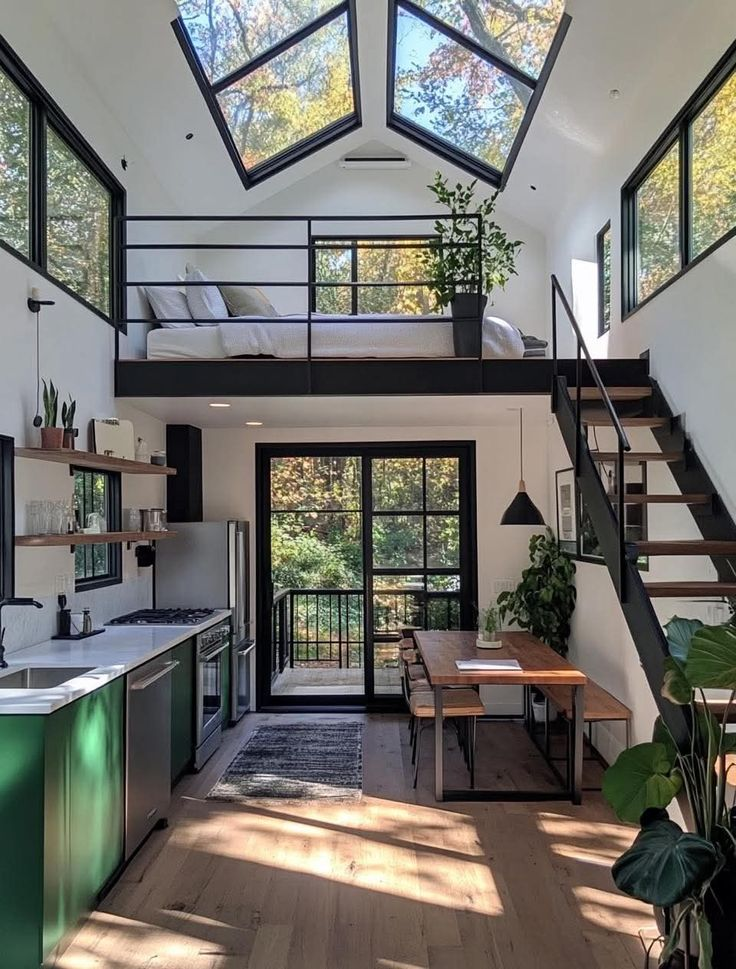
Designing for Circularity: Material Selection and Product Lifespans
- Encourage appliances and furniture made from recyclable, non-toxic materials that can be disassembled and repurposed.
- Explore subscription or leasing services for electronics to reduce waste from obsolete or broken products.
Repair and Upcycling Stations
Creating dedicated spaces or partnering with local services for repair and upcycling helps extend the lifecycle of household items.
- DIY Repair Toolkits: Kits for small fixes (e.g., sewing, furniture repairs).
- Upcycling Workshops: Residents learn to creatively reimagine old items instead of discarding them.
Advanced Recycling Technologies
- AI-Enabled Sorting: Some complexes invest in smart AI systems to automatically sort recyclables and compost.
- Plastic-to-Fuel or New Material Technologies: Local partnerships may convert plastic waste into usable materials within a community circular loop.
Case Study: Birla Evara – Leading India’s Zero-Waste Apartment Movement
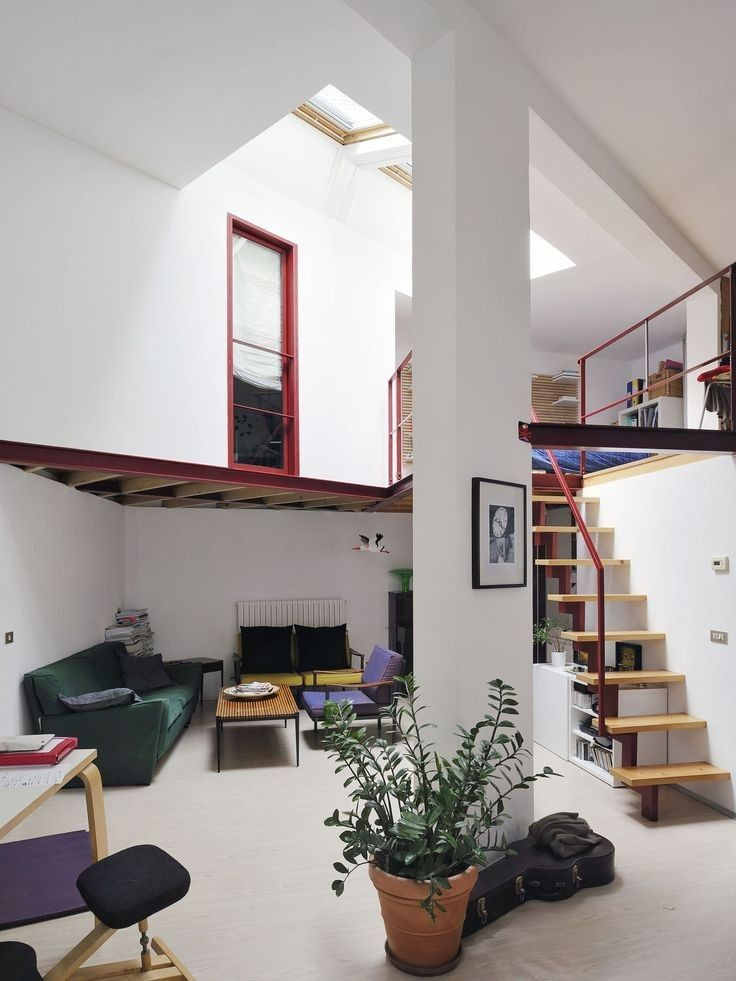
One standout development adopting these principles is Birla Evara in India, which integrates zero-waste systems into the apartment building design.
- Waste sorting is made easy with clear signs and color-coded bins available in every home.
- Shared composting and recycling infrastructure maximize collective resource use.
- Educational and community initiatives ensure active resident participation.
- The project embodies the circular economy by turning waste into resources and reducing landfill burden dramatically.
Everyday Tips for Apartment Dwellers to Embrace Zero-Waste Living
- Refuse single-use plastics and excessive packaging.
- Carry reusable bags, bottles, and containers.
- Shop consciously with zero-waste or bulk stores.
- Choose products with minimal or recyclable packaging.
- Compost kitchen scraps using small apartment composters.
- Repair rather than replace damaged items.
- Donate or swap items you no longer need.
- Recycle thoughtfully, ensuring bins are contamination-free.
Designing Zero-Waste Apartment Interiors
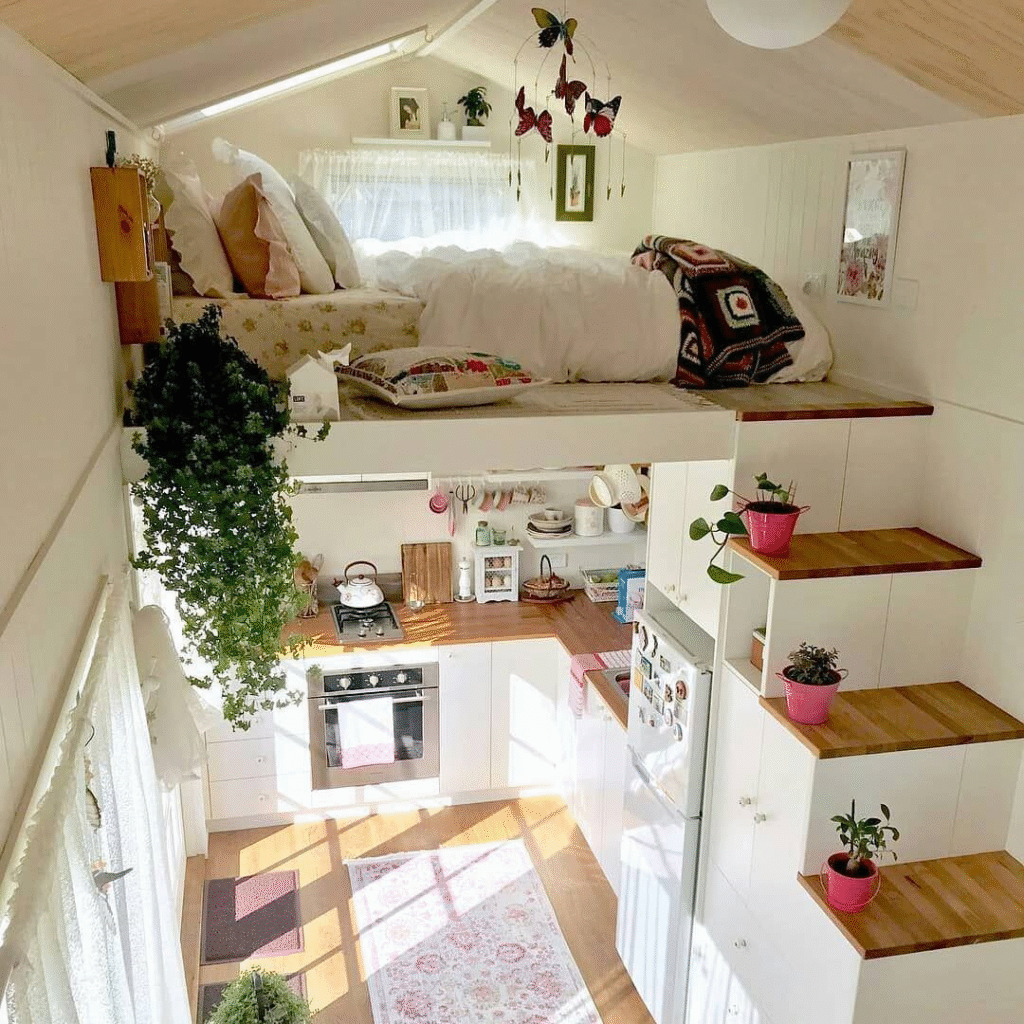
- Use sustainable, reclaimed, or upcycled decor items.
- Select multi-functional furniture that minimizes excess.
- Incorporate plants that benefit from composted waste.
- Plan small-space waste stations that blend with decor aesthetics.
The Role of Technology in Making Zero-Waste Apartment Living Easy
- App-based waste reminders and recycling guides.
- Virtual community forums for collaborative waste solutions.
- Smart home systems for monitoring resource usage and waste production.
- Integration with municipal waste management for efficient pickups.
The Environmental and Social Impact of Zero-Waste Apartment Living
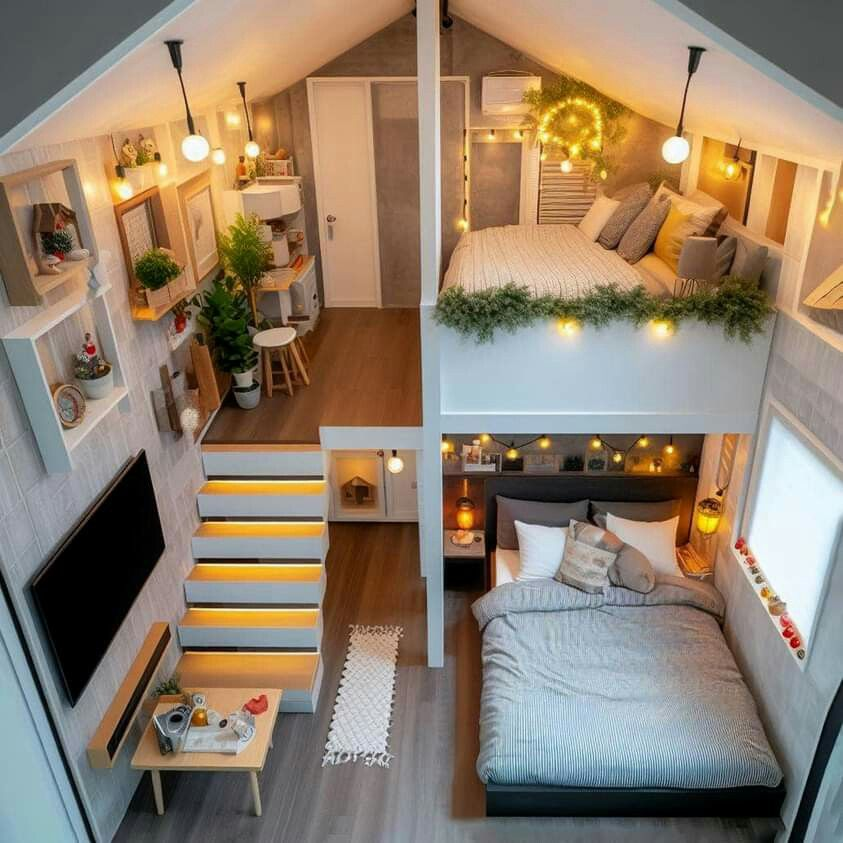
- Significant reduction in landfill and incineration waste.
- Lower carbon footprint due to reduced demand for new resources.
- Fosters community engagement and shared responsibility.
- Promotes healthier living environments free from waste pollution.
Conclusion: Towards a Sustainable Future in Compact Living
Adopting zero-waste small space solutions aligned with circular economy principles is no longer optional but essential for sustainable urban living. Apartments, traditionally considered challenging for waste management, are now becoming pioneering spaces for innovative waste reduction, reuse, and recycling practices.
By integrating smart design, community collaboration, and technology, apartment dwellers can make a significant positive impact on the environment and their quality of life. The future of apartment living is circular, zero-waste, and full of possibilities for a cleaner, healthier planet.
Written by Mishul Gupta
